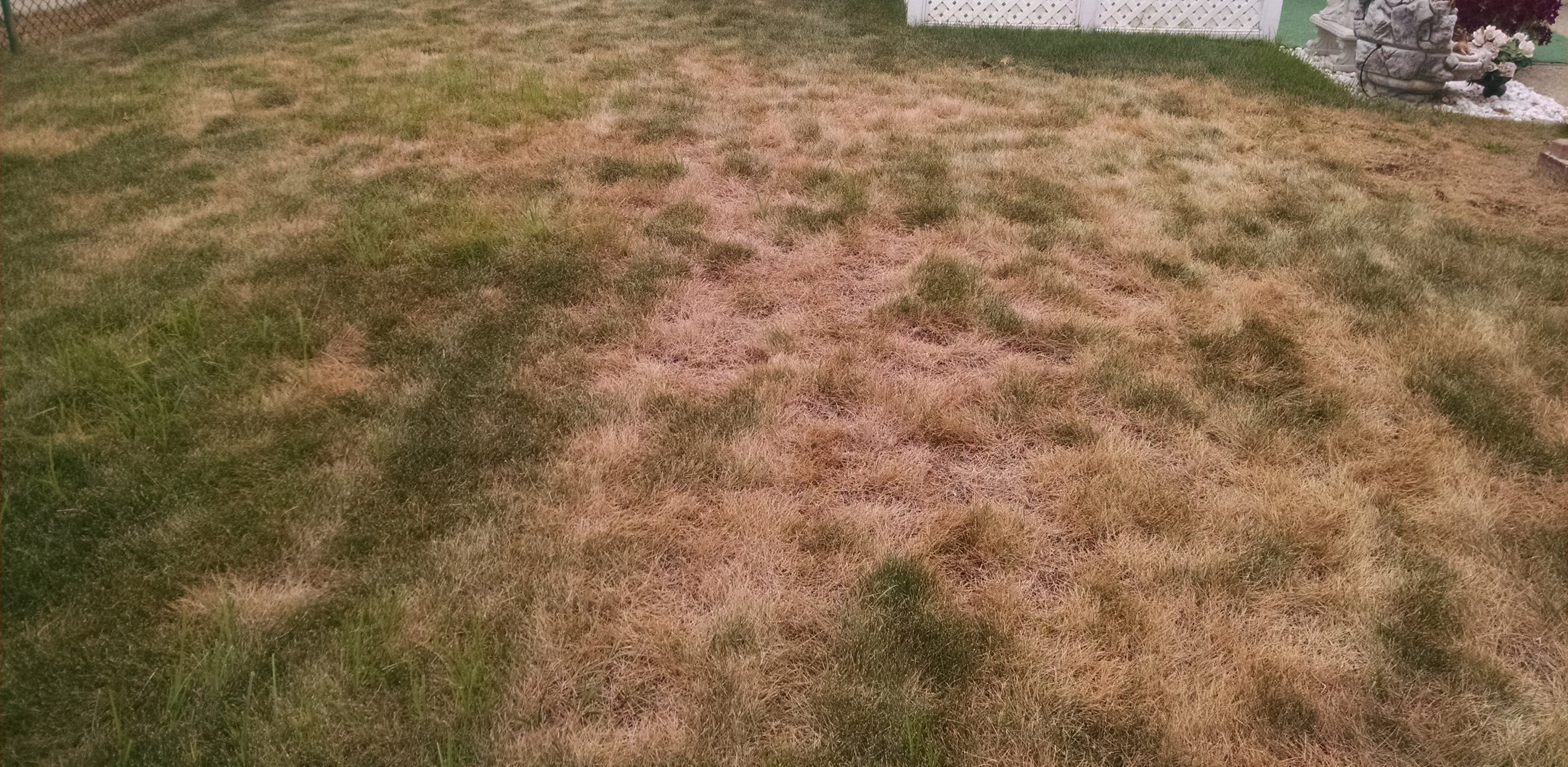Chinch bugs are flying insects that damage lawns as adults and nymphs by extracting nutrients from the plants and feeding on grass blades. The damage is often confused with summer drought.
The insects also inject an anticoagulant into turfgrass plants that clog their vascular system. The toxin makes the plant turn brown, appear to be wilting, and can even kill it.
Their adult colors are black with white markings on the wings.
The nymphs are pink, red, or brown with white markings and no wings. Adults overwinter in places with limited protection, like under fallen leaves, and lay their eggs at plant bases in the spring.
Chinch bugs are active in the summer, favoring open, sunny areas of lawns and thatch. Most of the damage we see from chinch bugs is found in July and August when it’s hot, and drought conditions are present.
There are a few easy ways to keep chinch bugs in check without chemical control. Experts used to recommend watering a lawn when the weather turns hot to help control chinch bugs. Now, the recommendation is to let the lawn go into drought stress so the insects find a new place to feed.
Cleaning up leaf litter and thatch in your yard before winter will also help keep chinch bugs at bay because they won’t have a place to overwinter. In addition, overseeding with grass types such as fine fescue, tall fescue, and perennial ryegrass are great as chinch bugs deterrents. The grasses contain endophytic fungi, which can repel chinch bugs.
When it comes to using chemical control, preventative applications should be put down in late June/early July, with a systemic insecticide, like clothianidin (Nufarm’s Arena). Arena is also an excellent curative control for chinch bugs.













